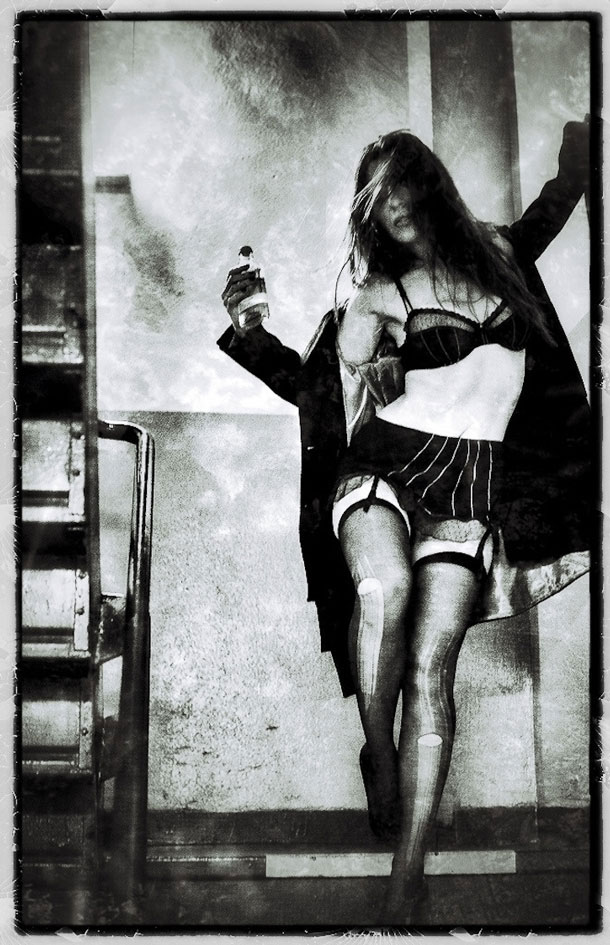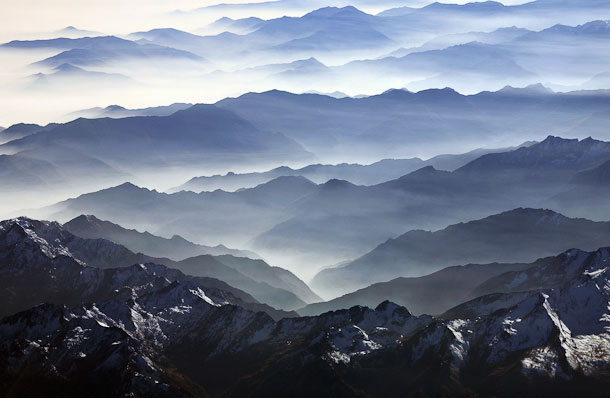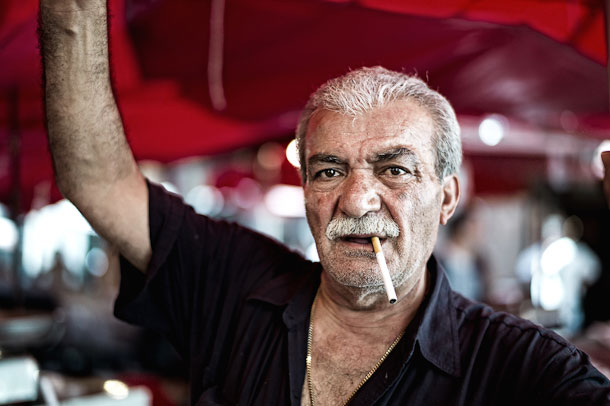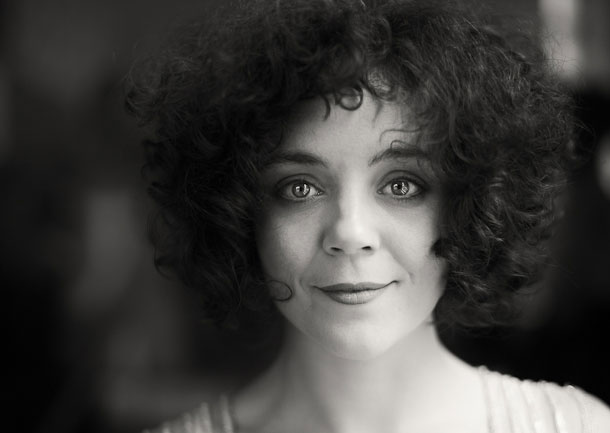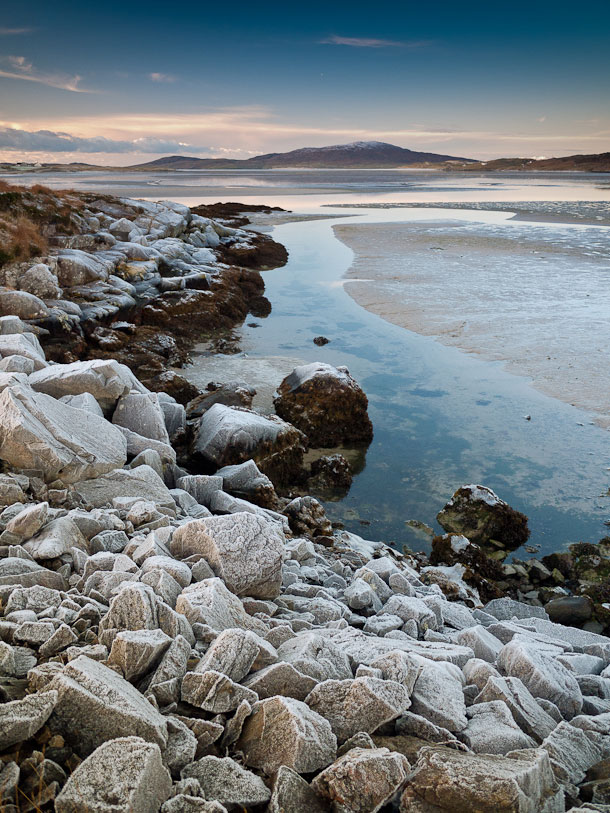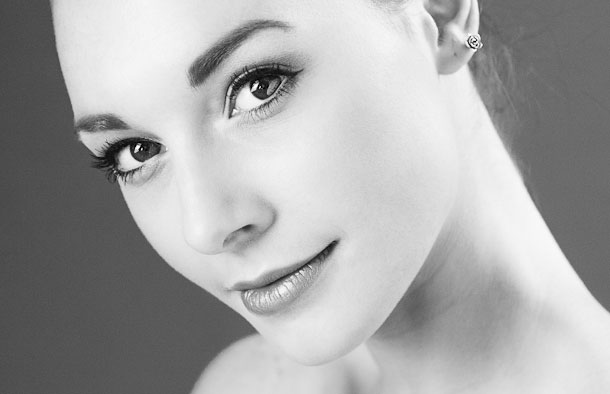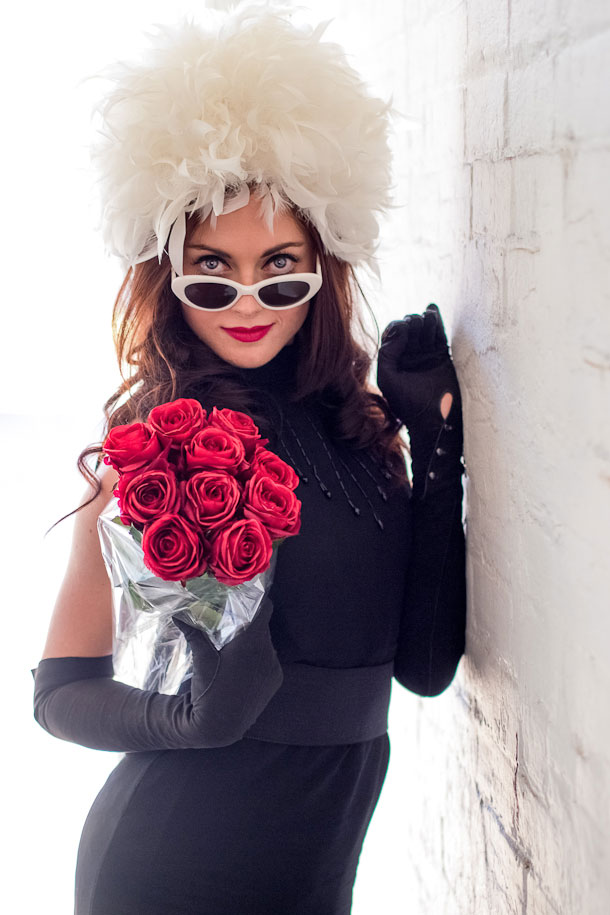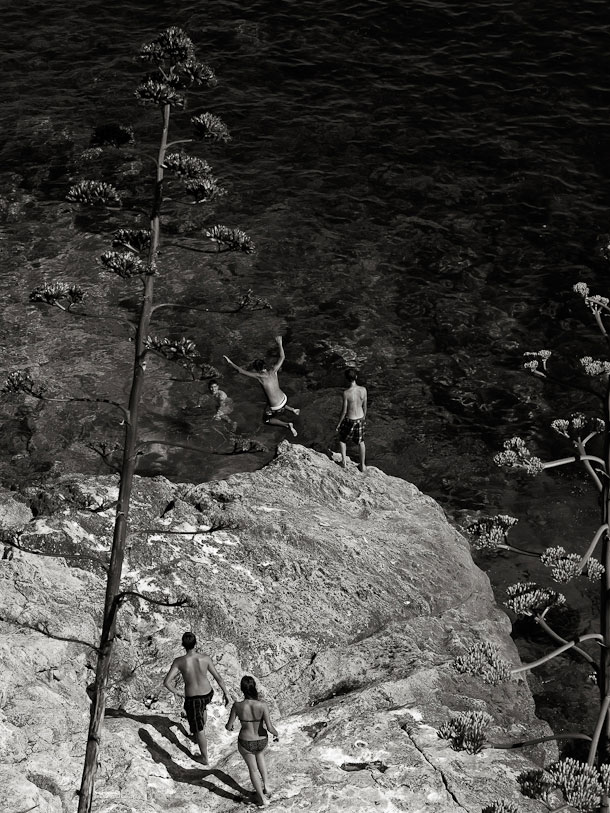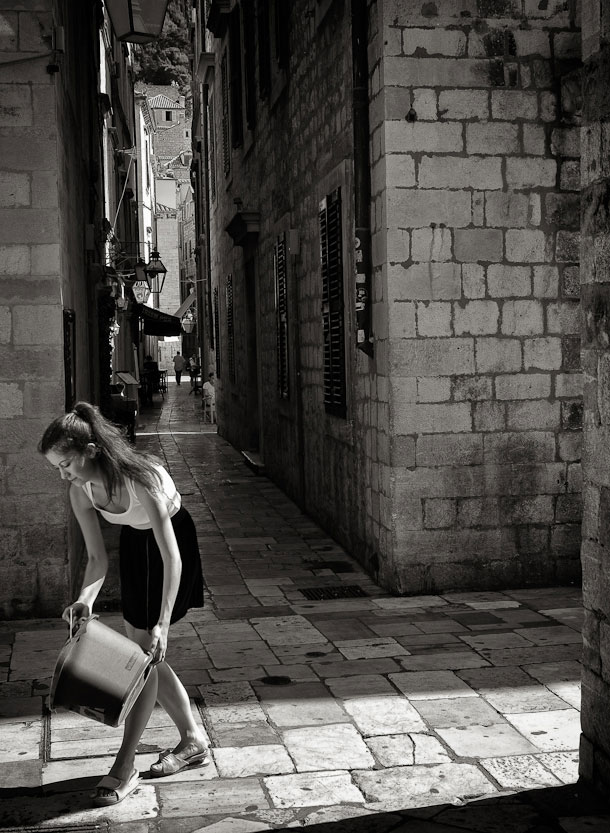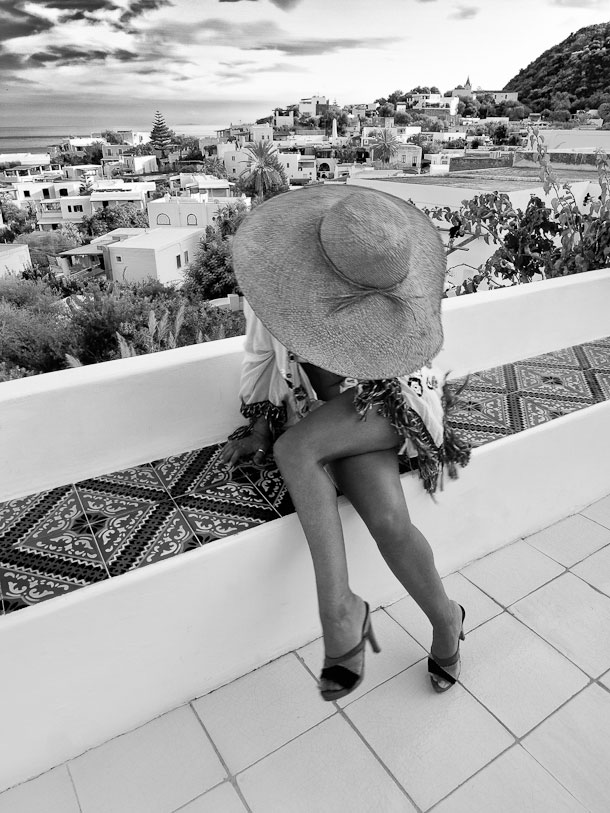By NEIL BUCHAN-GRANT
I grew up in a small town in the east of Scotland, stumbling across photography when I was about 18. It was all I wanted to do for a few years. I shot mostly landscapes around the Fife countryside. Amazingly, all I now have of all that work is couple of boxes of Kodachrome!
I was working in a camera shop when I decided to go to night school and get some missing qualifications I needed to allow me to study photography at University in Edinburgh. Eventually securing the grades, I found myself unable to sign up for the course, having burdened myself with debt, ironically to buy cameras and lenses!
Work and marriage pushed photography out of the picture for many years, then when digital photography started, I bought myself a little compact camera! I soon got hooked again and went through a swathe of more capable equipment. I was never a prolific photographer, only really finding the time and inspireation to take decent pictures when I went on holiday.
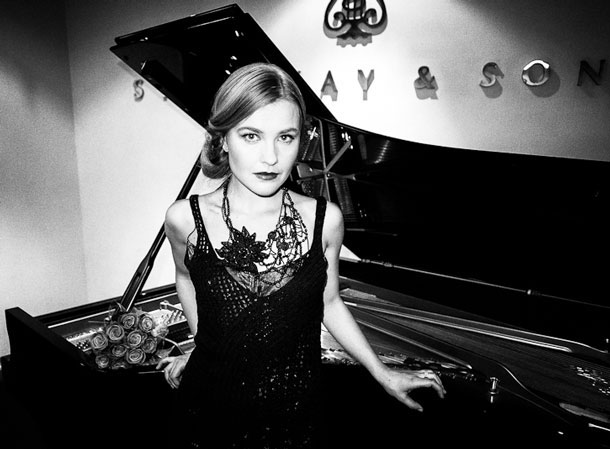
After a few years of doing that, I entered a competition run by a travel publisher and a national newspaper. I won the first prize of a commission to shoot one of their guidebooks covering Genoa and the Italian Riviera. Over the past few years I’ve shot another four books for that publisher and the whole association with that enterprise caused me to raise my game and get serious about improving my work.
As well as these commissions, and other jobs that occasionally crop up, I regularly go off on my own little photo trips. Europe is such a visually diverse playground. The landscapes and the cultures offer great photographic variety. I’ve also recently been exploring South East Asia and Australia and I’m keen to return.
Equipment
The thing about travel photography is, it encompasses a number of photographic disciplines. Landscape, portraiture, street photography, food photography, interiors, archetecture, macro, you name it, it usually pops up in a travel shoot. So the problem is you need a lot of gear, or it helps anyway! After several years of carrying heavy backpacks with DSLR’s, often in hot temperatures, I decided to move to a lighter system and chose the Leica M9.
It’s an odd camera, there’s no doubt. Great IQ, great lenses, stealthy in use and about as charismatic as any camera can be. But even with the best technique in the world, there’s a lot you can miss with a manual focus camera. The M9 is rubbish for long focal lengths, rubbish for macro, not brilliant for ultra wide angle shooting. So in the real world, it needs to be supplemented with another system.
I’ve been “testing” a whole bunch of cameras over the last few years including many micro four thirds models from Panasonic and Olympus and the APS format Sony NEX cameras. I’ve ended up choosing the MFT system mainly because of the superb range of quality lenses now available and because of the excellent Olympus OM-D E-M5 camera recently released.
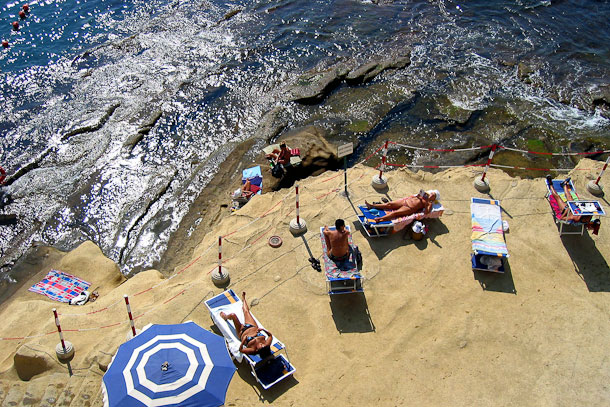
I still carry the Leica but I do seem to be using it less and less these days! The shots below have been taken over twelve years with seven different cameras. My attitude towards equipment is not to get too hung up on ownership. I believe we are all just renting our cameras, the rental cost is the difference between what we paid for it and what we sell it for, divided by the months we used it.
Great lenses are a different story, buy used if possible and never sell a good one unless you’re completely finished with the system it belongs to, or you just like to sleep with it under your pillow.
Improvement
Whatever tools you use to make photographs, there are a few sure-fire ways to help you improve your work that I’ve tried to follow over the years.
- Shoot the things you love to shoot! I’ve always been attracted to beautiful landscapes and they are often relatively easy to access, but in the past few years I’ve realised that I love a good portrait. So I’ve made myself, forced myself against a naturaly reserved disposition, to approach complete strangers who’s faces look worth capturing. There’s something about a pair of eyes which can draw you to a photograph that a landscape will never do, it’s a human thing. More recently I have started to work with models both on location and in the studio.
- Study great work. It’s only by studying great photography, and by that I mean no more than simply looking at it, that you can improve your own work. When you see the work of greats like Avedon, McCurry or Penn, it gives you a standard to aim at. And just when you think you’ve taken some really great shots, it reminds you, you’ve still a long way to go!
- Make your own opportunities. Make connections in your community and in the fields that interest you. Contact people and organisations that can lead to interesting shoots. I don’t really adhere to the often quoted ‘go out and shoot everyday’ philosophy. I think it’s much more crucial to be shooting the subjects that fire you up. An email here, a phone call there and you can find yourself with access to great image-making possibilities. Capitalise on your successes. If you’ve taken some great pictures, use them to create more opportunities, send them to the people who count, people who will like them! It’s amazing how connections can flourish and one thing can lead to another.
Lastly, HCB was quoted as saying “your first 10,000 shots are your worst.”
I reckon that’s a conservative estimate. It’s 30 years since I first picked up a camera and I think it’s only in the last year or so that I’ve started to make some more interesting pictures.
Neil Buchan-Grant is a travel and portrait photographer based in Winchester, U.K.
His website with blog is www.buchangrant.com.
